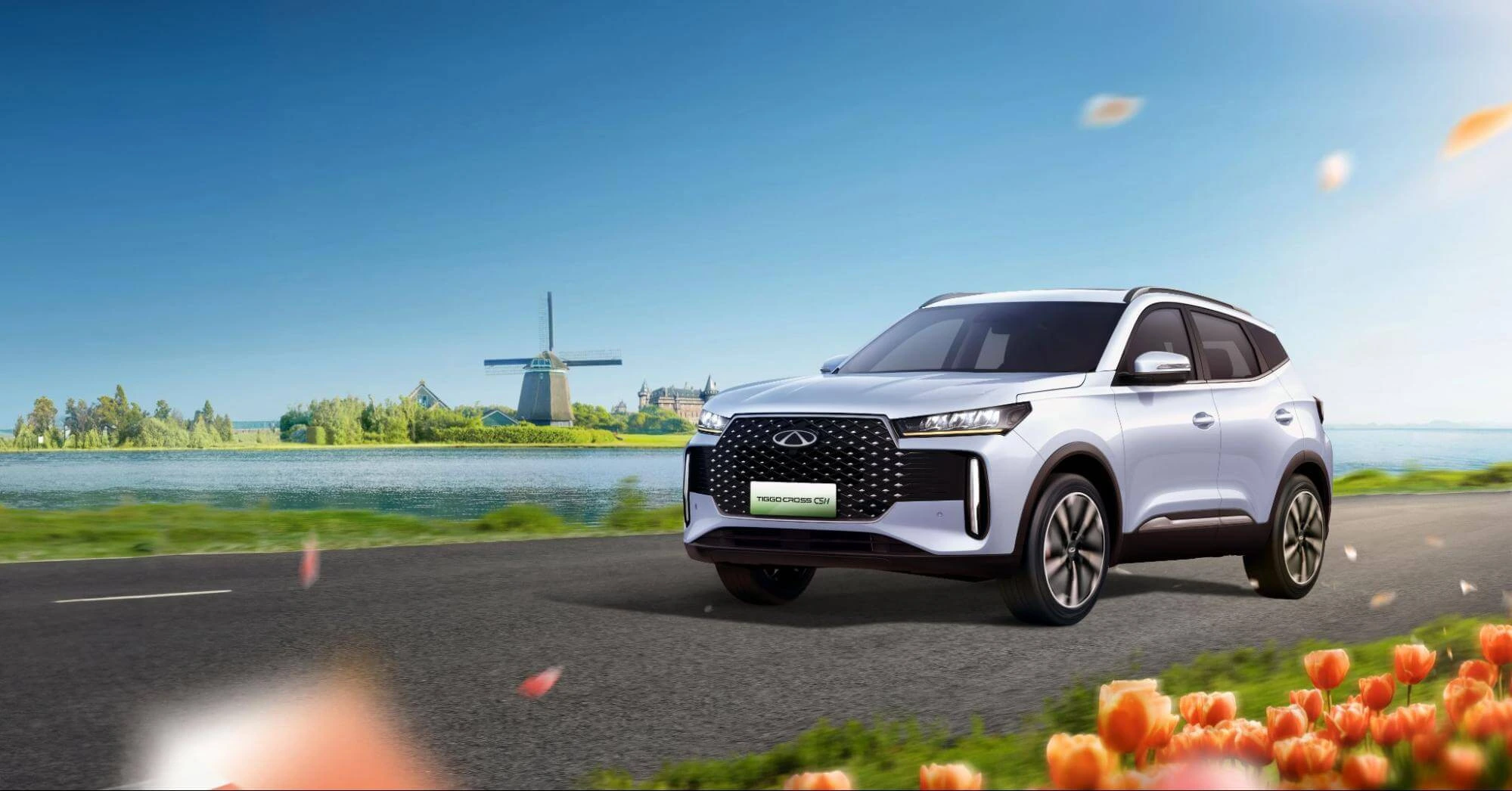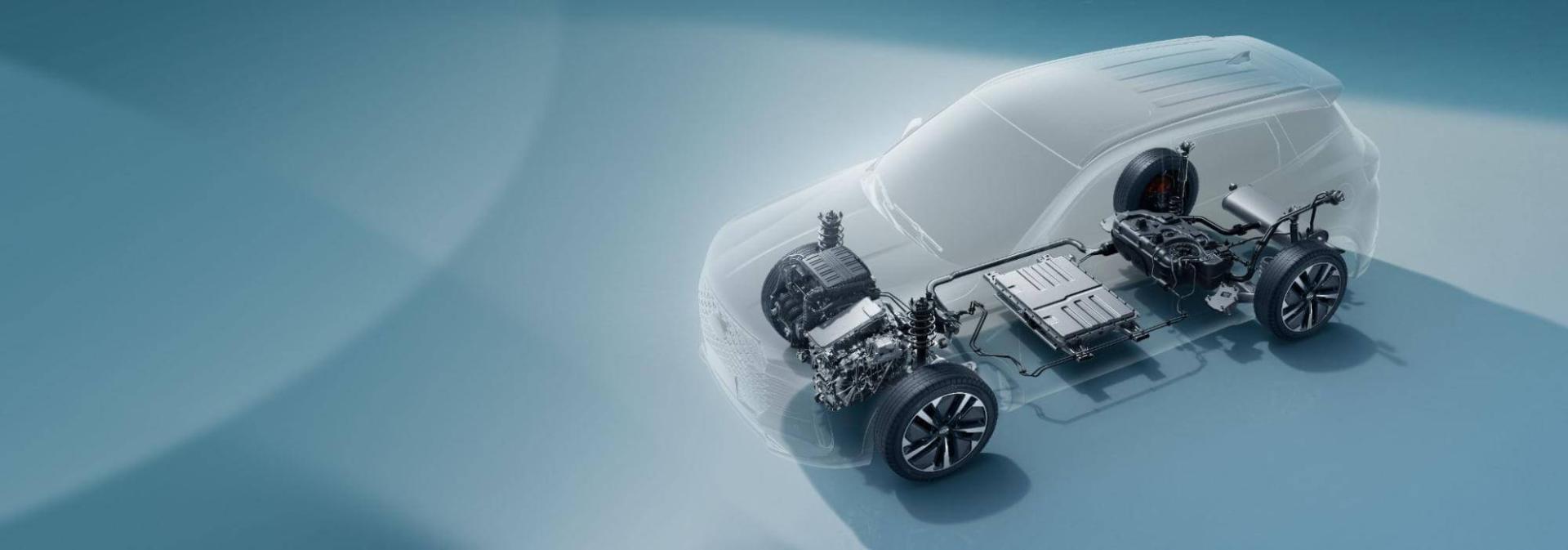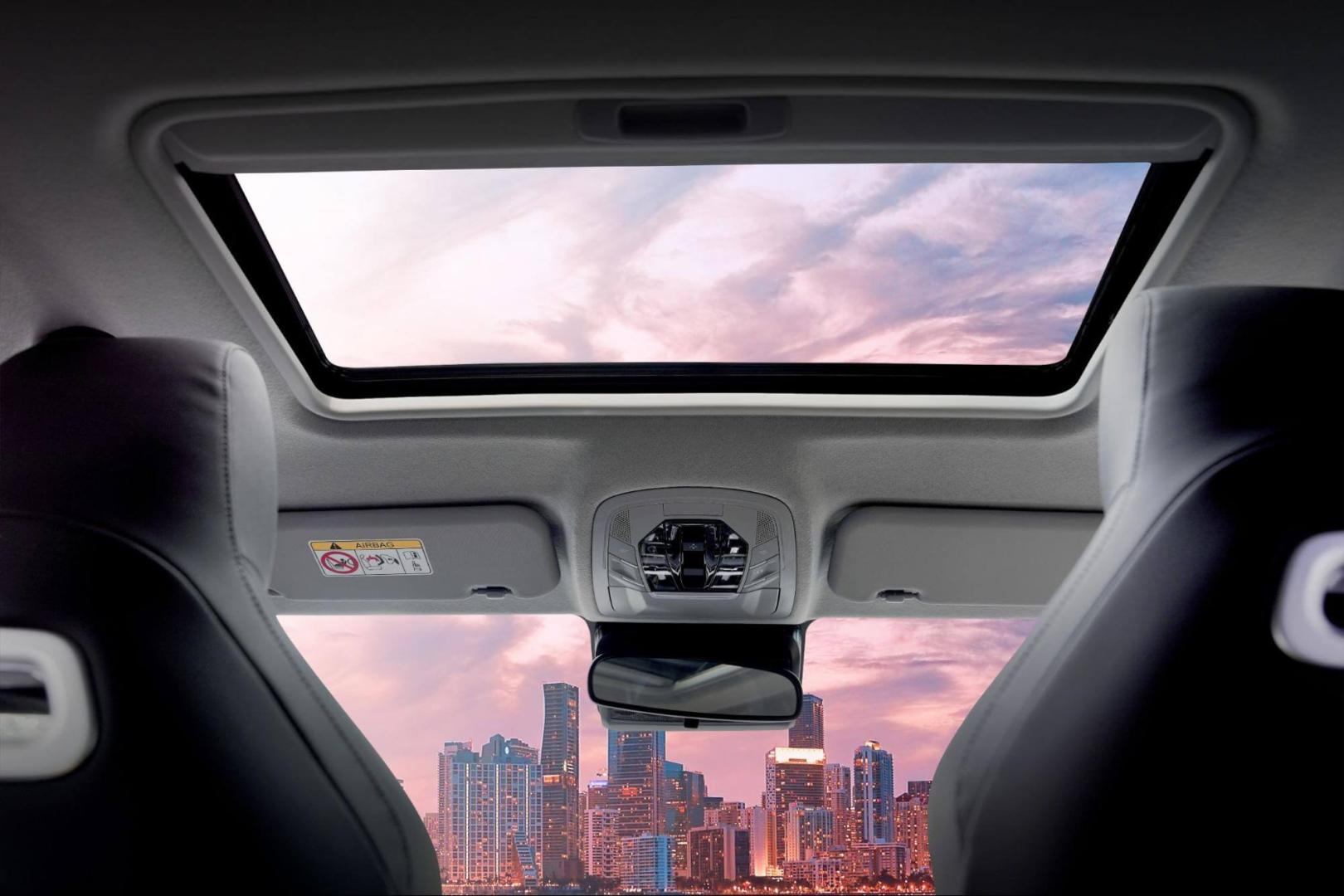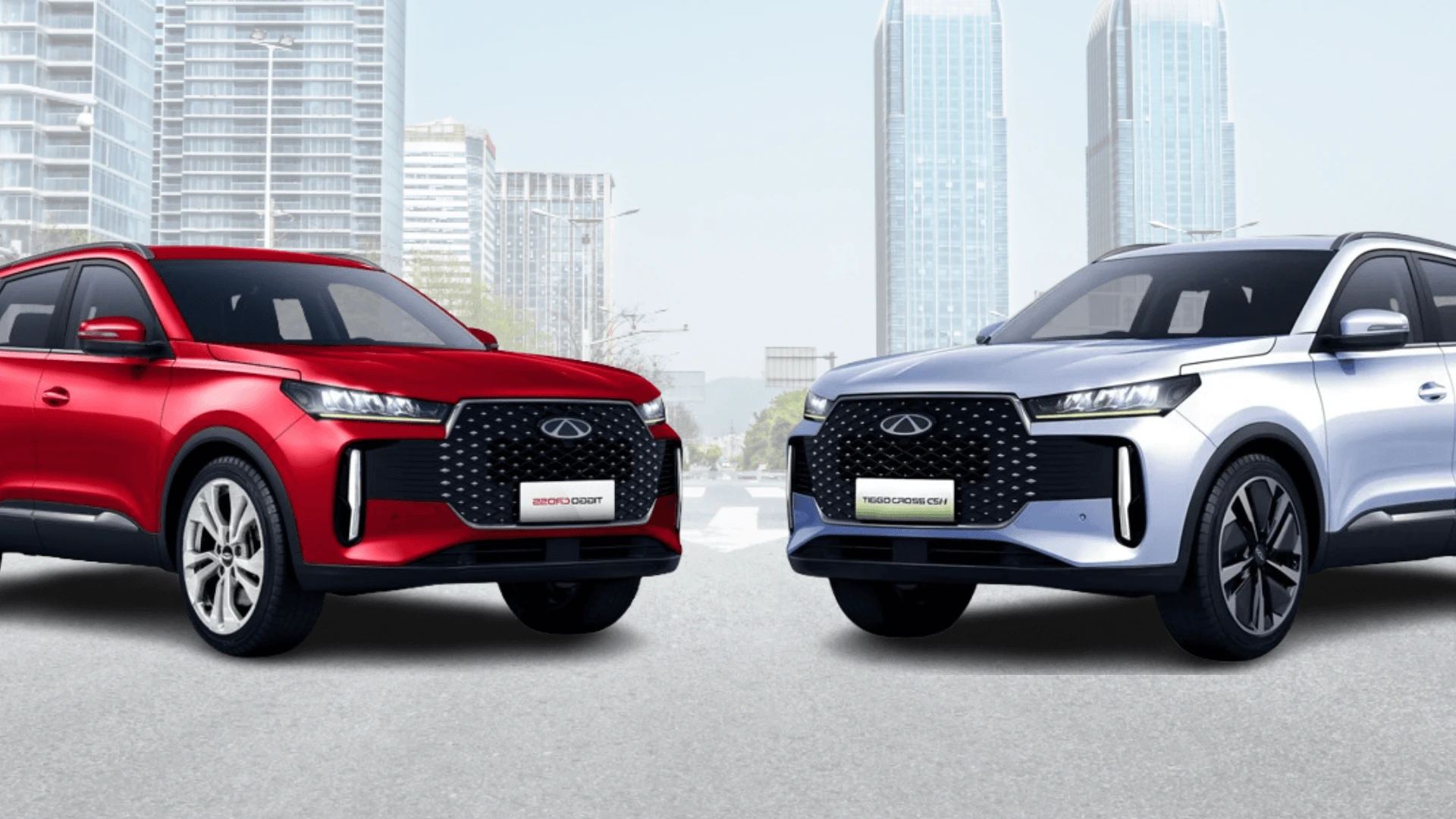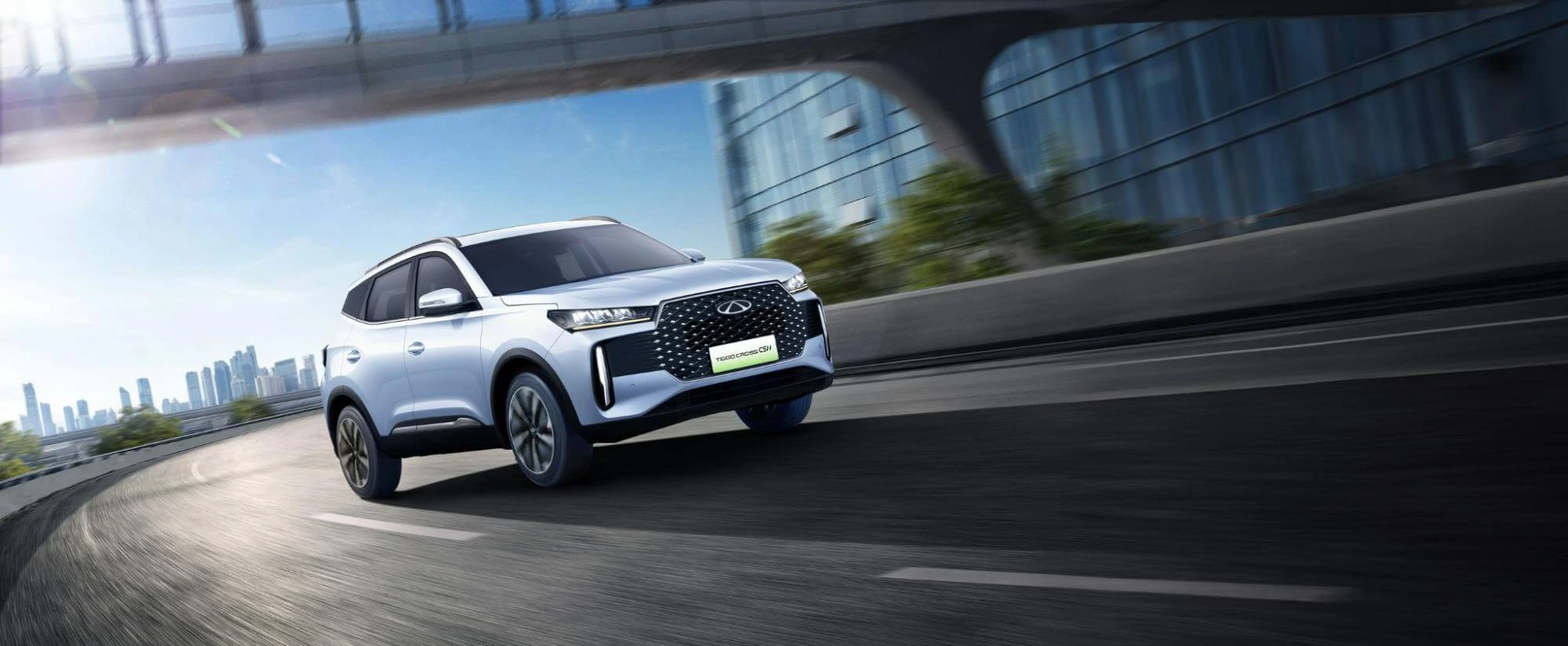
Understanding Driving Modes in the Chery Tiggo Cross CSH
After its public test drive in August, PT Chery Sales Indonesia (CSI) officially launched the Tiggo Cross CSH at the 2025 Gaikindo Indonesia International Auto Show (GIIAS). This family SUV features Chery’s latest hybrid technology, the Chery Super Hybrid (CSH), designed to deliver high efficiency and meet the needs of modern mobility.
One of the key highlights of this compact SUV is its driving mode feature, which allows drivers to adjust the engine’s performance according to driving conditions and personal preferences. In this article, we’ll take a closer look at the driving modes in the Tiggo Cross CSH and how they enhance your driving experience with better efficiency and enjoyment.
What Are the Driving Modes in the Tiggo Cross CSH?
The Tiggo Cross CSH comes with three driving modes: Eco, Manual, and Sport. Each mode intelligently manages power distribution between the gasoline engine and the electric motor to match the road conditions and driving style, with the option to manually control the system when needed.
The smart hybrid system in the Tiggo Cross CSH automatically optimizes torque, power, and fuel efficiency in each mode to ensure consistent performance. In Eco Mode, the focus is on maximizing energy efficiency. Manual Mode offers a more responsive and engaging driving feel, while Sport Mode delivers higher power for maximum acceleration. Let’s explore how each mode works in detail.
How the Three Driving Modes Work in the Tiggo Cross CSH
Understanding how each mode operates helps drivers select the most suitable one for their journey, maintaining both efficiency and optimal performance.
1. Eco Mode
Eco Mode prioritizes the use of the electric motor to conserve fuel and improve energy efficiency. When the vehicle starts or drives at low speeds, it relies on battery power. The gasoline engine activates automatically once the speed reaches around 35 km/h or higher, taking over to maintain consistent power output.
This mode also works with regenerative braking, which converts kinetic energy from braking into electrical energy stored back into the battery. This helps sustain efficiency over longer drives and reduces energy waste.
2. Manual Mode
One of the Tiggo Cross CSH’s standout features is its available Manual Mode. Activating it is simple, you just need to shift the transmission lever to the right and the CVT transforms into a simulated manual transmission with up to nine virtual gear levels.
This mode gives drivers more control over gear changes, similar to conventional manual driving, providing a more dynamic and engaging experience. Despite the increased responsiveness, it retains the smoothness typical of a hybrid system.
3. Sport Mode
For drivers who crave stronger performance, Sport Mode is the ideal choice. It offers quicker and more aggressive acceleration, perfect for overtaking or driving on highways.
The system prioritizes simultaneous power delivery from both the gasoline engine and the electric motor to achieve maximum performance. However, with greater responsiveness comes higher fuel consumption. It’s best to use this mode moderately to maintain long-term engine and battery health.
Also Read: Fuel-Saving Tips for The Chery Tiggo Cross CSH
Tips for Choosing the Right Driving Mode for Different Conditions
For new Tiggo Cross CSH drivers, knowing when to use each mode helps maximize comfort and efficiency. Here are some practical tips:
- Use Eco Mode for daily city driving or heavy traffic to save fuel and maintain optimal energy use.
- Select Sport Mode when climbing hills, driving on highways, or needing extra power for overtaking.
- Activate Manual Mode if you want full control, especially when driving on winding or uphill roads.
- Always switch modes while driving at a stable speed to keep the hybrid system transition smooth and prevent engine or transmission strain.
Intelligent Driving Technology in the Tiggo Cross CSH
Beyond its three driving modes, the Chery Tiggo Cross CSH is equipped with an Intelligent Driving Management (IDM) system that enhances driving safety and efficiency. This system is part of the Advanced Driver Assistance System (ADAS) suite, which includes advanced safety features such as:
- Adaptive Cruise Control (ACC): Maintains a safe distance from the vehicle ahead.
- Lane Departure Warning (LDW): Alerts the driver when the car unintentionally drifts out of its lane.
- Automatic Emergency Braking (AEB): Automatically applies the brakes during potential collision scenarios.
With a total of 17 ADAS features, this intelligent system works seamlessly with the hybrid driving modes to deliver optimal performance without compromising fuel efficiency. The result is a safer, smarter, and more energy-efficient driving experience.
The driving modes in the Tiggo Cross CSH are designed not only for comfort but also to support sustainable driving by balancing power and efficiency. Combined with advanced driving technologies, they allow drivers to adapt the SUV’s performance to different needs from daily city commutes to long-distance travel or challenging terrains.
If you’re curious to experience how the Tiggo Cross CSH’s hybrid system works, visit an official Chery dealership or join a test drive session. Discover how this hybrid SUV offers the perfect balance of performance, efficiency, and comfort in every journey.





